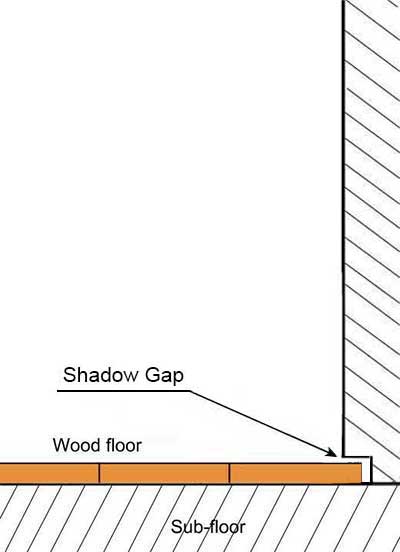MIStructE_IRE
Structural
Hi,
I have a 7 storey RC frame and am getting 215mm thick RC Core walls to work within the lift/staircores to provide lateral stability and take some vertical too.
The client however now wants a 15mm x 15mm recess (shadow gap) at the top of the walls each side where they join the slabs. This reduces my wall thickness to 185mm at the interface and of course compromises cover. I’m OK with direct stress on the 185mm wide section.
Is there a typical way round this to overcome cover issues? It seems a shame to add 30mm to the entire wall thickness to accommodate this tiny detail. Presumably I could crank the bars inwards just before this interface? Wall/slab joints will be pinned simple supports anyway.
I have a 7 storey RC frame and am getting 215mm thick RC Core walls to work within the lift/staircores to provide lateral stability and take some vertical too.
The client however now wants a 15mm x 15mm recess (shadow gap) at the top of the walls each side where they join the slabs. This reduces my wall thickness to 185mm at the interface and of course compromises cover. I’m OK with direct stress on the 185mm wide section.
Is there a typical way round this to overcome cover issues? It seems a shame to add 30mm to the entire wall thickness to accommodate this tiny detail. Presumably I could crank the bars inwards just before this interface? Wall/slab joints will be pinned simple supports anyway.


![[bigsmile] [bigsmile] [bigsmile]](/data/assets/smilies/bigsmile.gif)